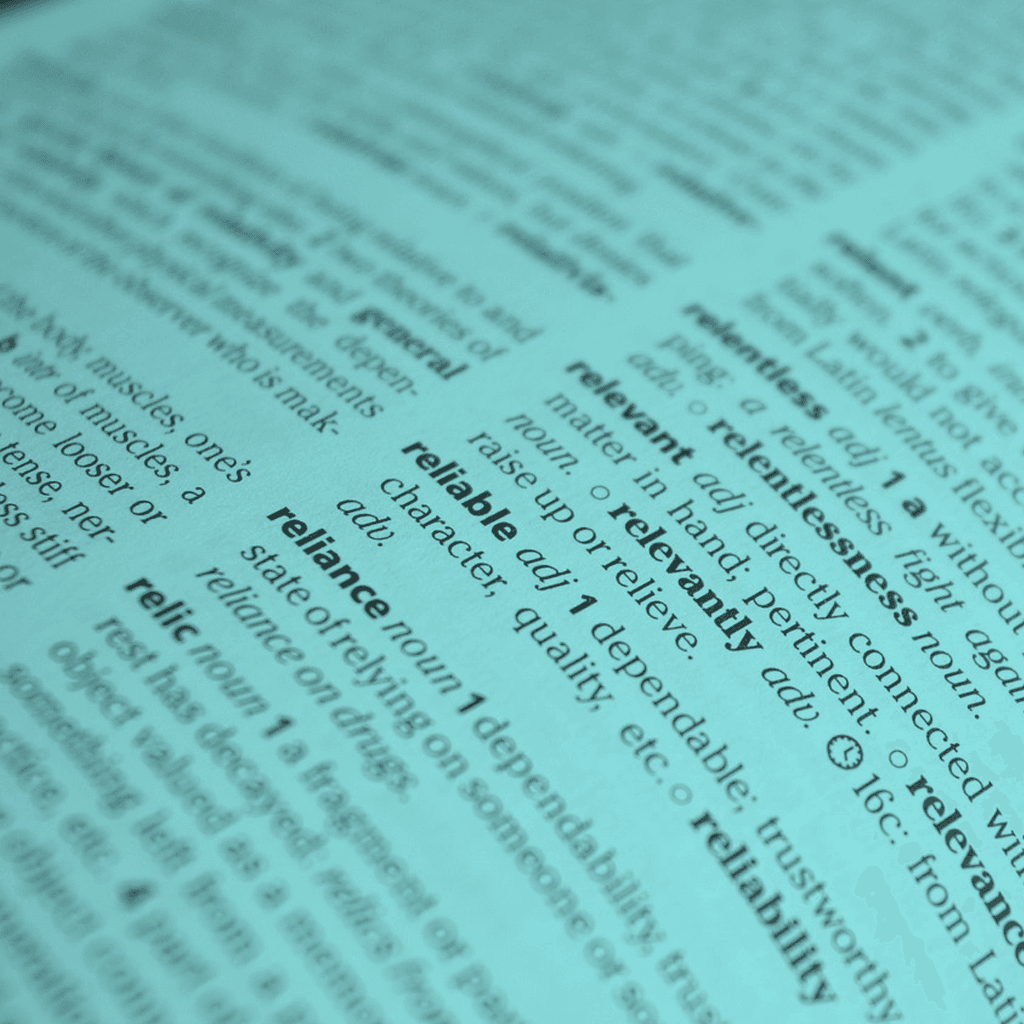The differences between a landing page and a home page may not seem inconsequential, but each has a distinct function to factor into your search engine optimization (SEO) strategy. Whether you’re jump-starting an e-commerce strategy or you want to boost traffic to your website, understanding the roles a home page versus a landing page and a product page plays can help you organize and optimize your website for success. Read on to learn more about website page types and how to get the most out of your site’s content.
The Home Page
Your home page is your website’s introductory landing page that features the brand and allows users to navigate to its products or services. The home page design grabs users’ attention through compelling headlines and calls to action, and the layout includes images, links, and testimonials to aid shoppers, clients, and prospective customers as they learn about the brand. It’s your first impression for most users, but it’s not your only first impression.
Home Page SEO
Some may think the branding on a home page speaks for itself and the page doesn’t need to be optimized, but this isn’t so. Including only the brand name as your keyword may not give search engines or customers enough information or context to understand the company’s offerings. Since the home page serves all funnels of a buyer’s journey, it is important to be clear about what you’re selling. By incorporating one or two additional keywords and internal links to categories and content, search engines and potential new customers can better understand the site.
Unlike a landing page that may have a singular goal—for example, customer ‘conversions’ like buying a product or subscribing to a newsletter—a home page serves many purposes, from introducing the company to new users to helping them find a product or service. The main tactics for optimizing a home page include:
- Targeting one or two main keywords plus the brand name
- Formatting images and logos to include proper naming and alt text
- Building in links to other pages and categories
- Using a clear, easy-to-navigate design that loads quickly and is optimized for mobile users
- Including the business name, address, and phone to boost local SEO
Category Landing Pages
Category landing pages feature a collection of related products to make browsing more convenient for shoppers. While a home page may introduce several specialties (clothing, pet products, or home goods, for example), category landing pages take a deeper dive into specific areas of expertise or product offerings, such as dog products or men’s shirts.
Category Landing Page SEO
Understanding your customer is the first step to creating an optimized category landing page. You’ll need to know the target keywords they’re searching on, and the information they may need to convert. Follow these tips to improve the performance of landing pages:
- Perform keyword research to find the best keywords for each category page
- Organize the page with headings arranged in a logical hierarchy to help search engines and visitors understand what’s offered
- Add an optimized category copy block to drive home for search engines what the page is about, and to help users find the specific product or service they’re looking for
- Link out to subcategories from top-level category pages to send users farther down the funnel
Use structured content, including search-optimized FAQs, to provide additional helpful content (and earn Featured Snippets on Google)
Dedicated Landing Pages
A dedicated landing page is a standalone web page with one primary purpose: to get a user to take a particular action. These pages provide a destination for people clicking on paid search ads and through marketing campaigns on social media. Because of its simplicity and directness, a dedicated landing page is an effective conversion tool to get a visitor to click, buy, register, share, or review.
Optimizing Dedicated Landing Pages
While a home page often attracts customers in the research phase of their buying journey, a dedicated landing page captures customers who are ready to make a decision. Using landing pages for paid search ads allows website owners to track conversions from a specific source and a targeted audience to measure the effectiveness of campaigns. Though most visitors won’t land on a dedicated landing page just by browsing, these can still be optimized to get the best results, for example:
- Use focused copy related to the singular objective of the page
- Include trust indicators, such as case studies, client testimonials, or reviews
- Use tracking to measure traffic, and adjust strategies for conversion rate optimization
Product Description Pages
The product description page offers information and specifications for an individual SKU on an e-commerce site. These pages are often where customers make their final decision to add an item to their cart or to exit the online store.
Optimized Product Copy Landing Pages
If you’ve done the work to optimize the pages that lead customers to an individual SKU, make sure the description page provides the last bit of convincing they need to purchase the item. An SEO-friendly product description doesn’t just offer bulleted information on the colors, sizes, and technical specs; it should also include a high-quality, descriptive copy block that improves the buying experience.
For stores offering hundreds or thousands of SKUs, optimizing each item may be a job better suited for a professional SEO team with the bandwidth and expertise to craft individual product descriptions at scale. Remember that duplicating content will confuse search engines, may cause products within the same category to vie with one another in the search results, and won’t provide good value for prospective customers. Effective product description pages should include:
- Optimized page elements: a unique friendly URL, page title, meta description, and headers, including the product name
- A mix of target and secondary keywords (but steer clear of keyword stuffing)
- An interesting, well-written copy block that adheres to the brand’s voice, with target keywords positioned at the beginning
- Helpful information about the product’s benefits, features, dimensions, and other relevant details, typically expressed in bullets—these can recap what’s in the copy block, or add to it
- A user-friendly page layout and a clear call to action
Don’t miss out on leads because your SEO isn’t up to snuff. Get started optimizing your home page, landing pages, and product pages so every area of your website offers the information and organization that search engines and potential customers rely on. Contact us to learn how we can help with home page optimization and product descriptions to improve your site’s rankings and user experiences.












